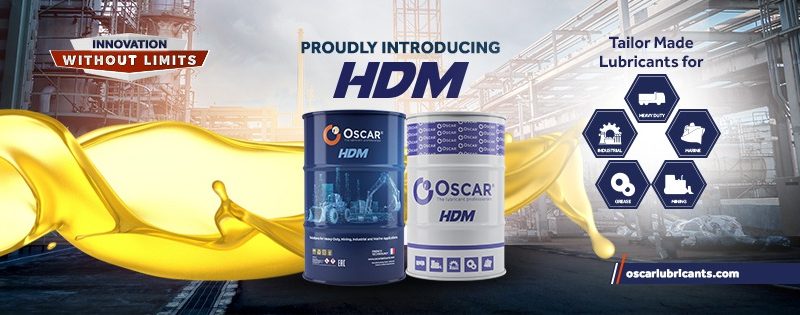The Truth About Ester Lubricants and Material Compatibility
Ester-based oils are used in many high-performance applications because they handle heat and pressure better than regular oils. They are often found in aviation, racing engines, and refrigeration systems. Ester lubricants are known for their strong bond to metal surfaces, which helps reduce wear and keep parts running smoothly.
But with all their benefits, there are still some questions about how they interact with seals, plastics, and other materials inside machines.
Why Compatibility Matters:
Ester oils are made from chemical reactions between acids and alcohols. Because of this, they can sometimes react with certain types of rubber or plastic. This may lead to swelling, softening, or hardening of seals over time. If a seal changes shape or texture, it might not hold fluids properly, which could lead to leaks or other problems. That’s why checking if ester oil works well with the materials in a system is an important step before use.
Not All Materials React the Same:
Some rubbers and plastics hold up well when used with ester oils. For example, materials like Viton and Teflon are usually stable and show little to no change when exposed to ester lubricants. On the other hand, some common materials like natural rubber or certain types of nitrile may not last long when used with esters. The reaction depends on temperature, exposure time, and the type of ester used.
Modern Formulations Help Reduce Problems:
Over time, oil makers have improved ester-based lubricants by mixing them with other types of oils or adding special additives. These changes help reduce unwanted reactions with rubber and plastic. Many of today’s ester oils are blended in a way that makes them more friendly to seals and hoses. Still, it’s always a good idea to look at the equipment manual or speak with the oil supplier if you’re unsure about compatibility.
When to Use Ester Oils:
Ester lubricants are a good choice for systems that run hot, need strong film strength, or sit unused for long periods. Their ability to stick to metal even after shutdown gives them an edge in many tough applications. However, they should be used with care, especially in older systems with unknown seal materials.
Ester lubricants offer many benefits, but it’s important to know how they interact with other materials inside a machine. With the right checks and information, they can be used safely and effectively in a wide range of systems.



